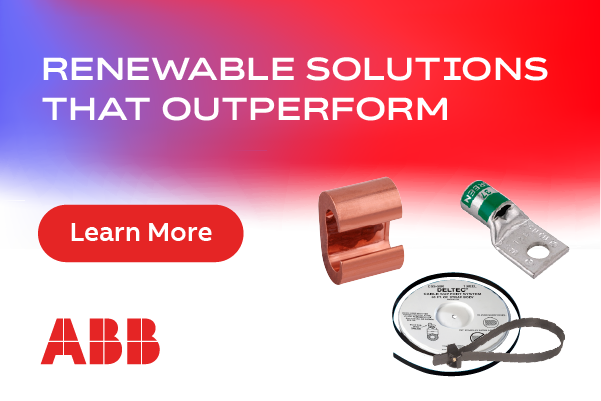Proven Results and Cost Savings with V2G Technology
Fermata Energy's proprietary vehicle-to-grid (V2G) technologies can be used to power homes, buildings, or the electric grid. A new case study by E Source - a leading research and advisory firm for the energy industry - found that Fermata Energy, a V2G solution provider, discharged less than half of the battery capacity of a Nissan Leaf for a peak 15-minute period and saved $191.79 in utility bill demand charges during its first month of a demonstration project in Danville, Virginia.
In June 2019, Fermata Energy deployed its proprietary software, a prototype FE-15 bidirectional charger, and a 2018 Nissan LEAF to the Electronic Instrumentation and Technology (EIT) facility where their bidirectional electric vehicle (EV) charging system is manufactured. The demonstration project was conducted in partnership with Danville Utilities, to allow Fermata Energy to test its system in preparation for securing UL Certification. Fermata Energy's bidirectional EV charging system is the first in the world to be certified to a new North American Safety Standard, UL 9741, the Standard for Bidirectional Electric Vehicle (EV) Charging System Equipment.
In the demonstration, Fermata Energy's bidirectional charging system discharged the batteries at the maximum possible power for approximately 15 minutes during the building's peak electric load for the month.
- Fermata Energy FE 15 charger discharged the LEAF at maximum power during the building load peaking event, and thus reduced the peak event by 12.5 kW, at a demand charge of $15.36 per kW.
E Source reviewed a year of utility bills from Danville Utilities prior to the demonstration and afterwards to verify Fermata Energy's cost-savings estimates. E Source found that:
- Over the 5-month project, the Fermata Energy V2G system saved EIT $793.28 in utility bills.
According to the E Source case study, Fermata Energy's 15 kW bidirectional EV charging system and software could save EIT around $1,900 annually. They also mentioned in their study, that the savings could be higher with a 25-kW charger like the one Fermata Energy will be bringing to market in 2021.
"V2G technology offers a cost-effective option for utilities, governments, building owners, and others to generate revenue, reduce their impact on the climate, and build a more resilient system," said David Slutzky, founder and CEO of Fermata Energy. "To support utility companies in the transition to a clean energy economy, abundant energy storage must be deployed quickly and at scale," Slutzky continued. "The results found in E Source's case study validate that Fermata Energy's technology works. More importantly, it highlights that V2G technology is now a realistic and important solution that will provide significant opportunities to fleet customers, utilities, and the electric power industry overall."
E Source estimates that the U.S. already has 23 gigawatts of EV battery capacity, yet most people are only using a fraction of their battery capacity, and that means there is a huge amount of spare, stored energy that could be providing services elsewhere. E Source found that Fermata Energy's software consistently predicted peak demand periods and supplied power from the bidirectional charger for between 75-100% of the 15-minute peak period. This exceeded its goal to discharge the full capacity of the vehicle's battery for 75% of the 15-minute peak demand interval.
Fermata Energy | https://www.fermataenergy.com/








